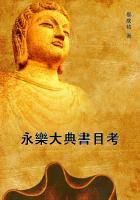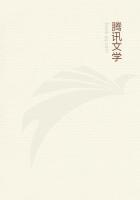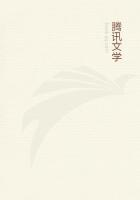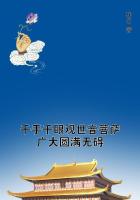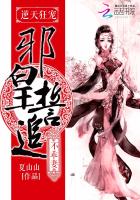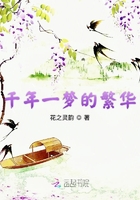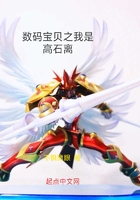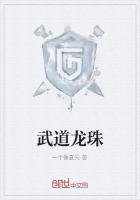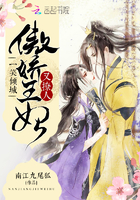The story of the end of Hesiod may be told in outline. After the contest at Chalcis, Hesiod went to Delphi and there was warned that the `issue of death should overtake him in the fair grove of Nemean Zeus.' Avoiding therefore Nemea on the Isthmus of Corinth, to which he supposed the oracle to refer, Hesiod retired to Oenoe in Locris where he was entertained by Amphiphanes and Ganyetor, sons of a certain Phegeus. This place, however, was also sacred to Nemean Zeus, and the poet, suspected by his hosts of having seduced their sister (5), was murdered there. His body, cast into the sea, was brought to shore by dolphins and buried at Oenoe (or, according to Plutarch, at Ascra): at a later time his bones were removed to Orchomenus. The whole story is full of miraculous elements, and the various authorities disagree on numerous points of detail. The tradition seems, however, to be constant in declaring that Hesiod was murdered and buried at Oenoe, and in this respect it is at least as old as the time of Thucydides. In conclusion it may be worth while to add the graceful epigram of Alcaeus of Messene ("Palatine Anthology", vii 55).
"When in the shady Locrian grove Hesiod lay dead, the Nymphs washed his body with water from their own springs, and heaped high his grave; and thereon the goat-herds sprinkled offerings of milk mingled with yellow-honey: such was the utterance of the nine Muses that he breathed forth, that old man who had tasted of their pure springs."The Hesiodic Poems The Hesiodic poems fall into two groups according as they are didactic (technical or gnomic) or genealogical: the first group centres round the "Works and Days", the second round the "Theogony".
I. "The Works and Days":
The poem consists of four main sections. a) After the prelude, which Pausanias failed to find in the ancient copy engraved on lead seen by him on Mt. Helicon, comes a general exhortation to industry. It begins with the allegory of the two Strifes, who stand for wholesome Emulation and Quarrelsomeness respectively.
Then by means of the Myth of Pandora the poet shows how evil and the need for work first arose, and goes on to describe the Five Ages of the World, tracing the gradual increase in evil, and emphasizing the present miserable condition of the world, a condition in which struggle is inevitable. Next, after the Fable of the Hawk and Nightingale, which serves as a condemnation of violence and injustice, the poet passes on to contrast the blessing which Righteousness brings to a nation, and the punishment which Heaven sends down upon the violent, and the section concludes with a series of precepts on industry and prudent conduct generally. b) The second section shows how a man may escape want and misery by industry and care both in agriculture and in trading by sea. Neither subject, it should be carefully noted, is treated in any way comprehensively. c) The third part is occupied with miscellaneous precepts relating mostly to actions of domestic and everyday life and conduct which have little or no connection with one another. d) The final section is taken up with a series of notices on the days of the month which are favourable or unfavourable for agricultural and other operations.
It is from the second and fourth sections that the poem takes its name. At first sight such a work seems to be a miscellany of myths, technical advice, moral precepts, and folklore maxims without any unifying principle; and critics have readily taken the view that the whole is a canto of fragments or short poems worked up by a redactor. Very probably Hesiod used much material of a far older date, just as Shakespeare used the "Gesta Romanorum", old chronicles, and old plays; but close inspection will show that the "Works and Days" has a real unity and that the picturesque title is somewhat misleading. The poem has properly no technical object at all, but is moral: its real aim is to show men how best to live in a difficult world. So viewed the four seemingly independent sections will be found to be linked together in a real bond of unity. Such a connection between the first and second sections is easily seen, but the links between these and the third and fourth are no less real: to make life go tolerably smoothly it is most important to be just and to know how to win a livelihood; but happiness also largely depends on prudence and care both in social and home life as well, and not least on avoidance of actions which offend supernatural powers and bring ill-luck. And finally, if your industry is to be fruitful, you must know what days are suitable for various kinds of work. This moral aim -- as opposed to the currently accepted technical aim of the poem -- explains the otherwise puzzling incompleteness of the instructions on farming and seafaring.
Of the Hesiodic poems similar in character to the "Works and Days", only the scantiest fragments survive. One at least of these, the "Divination by Birds", was, as we know from Proclus, attached to the end of the "Works" until it was rejected by Apollonius Rhodius: doubtless it continued the same theme of how to live, showing how man can avoid disasters by attending to the omens to be drawn from birds. It is possible that the "Astronomy" or "Astrology" (as Plutarch calls it) was in turn appended to the "Divination". It certainly gave some account of the principal constellations, their dates of rising and setting, and the legends connected with them, and probably showed how these influenced human affairs or might be used as guides. The "Precepts of Chiron" was a didactic poem made up of moral and practical precepts, resembling the gnomic sections of the "Works and Days", addressed by the Centaur Chiron to his pupil Achilles.

